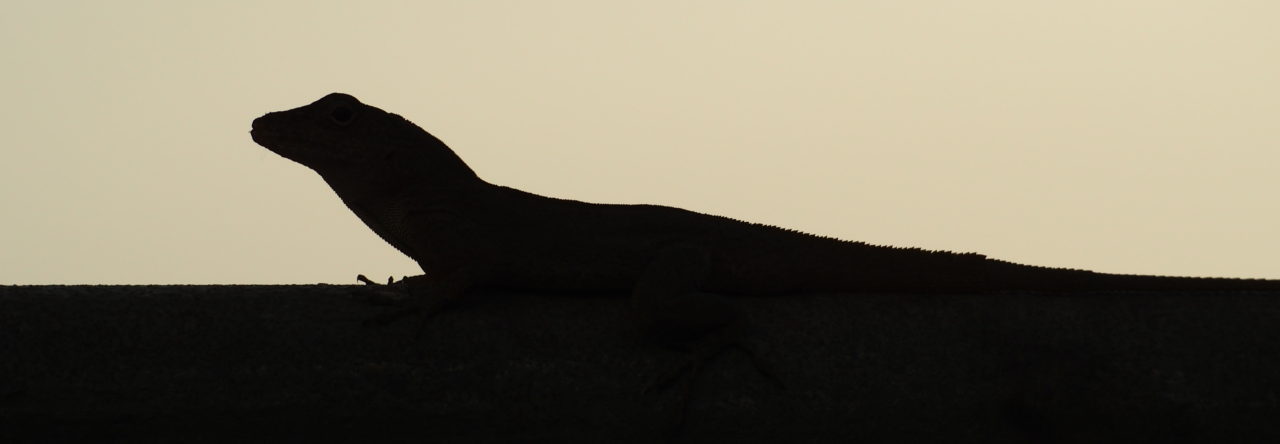
Variation in the hand morphology of lizar![]() ds. The drawings to the right of each foot indicate the arrangement of the tendons. Note that in B (anoles and Polychrus) and C (geckos), the tendons are independent, whereas in the others, they fused into tendenous plates in the palm of the hand.
ds. The drawings to the right of each foot indicate the arrangement of the tendons. Note that in B (anoles and Polychrus) and C (geckos), the tendons are independent, whereas in the others, they fused into tendenous plates in the palm of the hand.
In a paper in Acta Zoologica, Tulli et al. examine the tendons of the hands of a variety of lizards, including a dozen anole species. Their hypothesis is that differences in tendon struct should reflect ecological adaptation: in arboreal species, the tendons running to each finger (digit) should be independent, allowing great flexibility, whereas in more terrestrial lizards, the tendons should be fused, presumably providing great stability during locomotion at the cost of less agility.
The data show great variation in tendon morphology, with much of the variation falling out along phylogenetic lines. Form B in the figure above corresponds to all anoles and Polychrus. The data provide a suggestion that the authors’ hypothesis is correct, but statistical analyses incorporating phylogenetic information–affected by the similarity of closely-related species–fail to confirm the result.
Marıa J. Tulli, Anthony Herrel, Bieke Vanhooydonck and Virginia Abdala (2012). Is phylogeny driving tendon length in lizards? Acta Zoologica, 93, 319-329 DOI: 10.1111/j.1463-6395.2011.00505.x
- Evolution in Real Time on Lizard Island - March 23, 2025
- Spider Snags Adult Anolis osa - March 22, 2025
- An Homage to the Green Anoles of New Orleans - March 21, 2025


Liam Revell
I believe that technically lizards do not have hands (e.g., here).